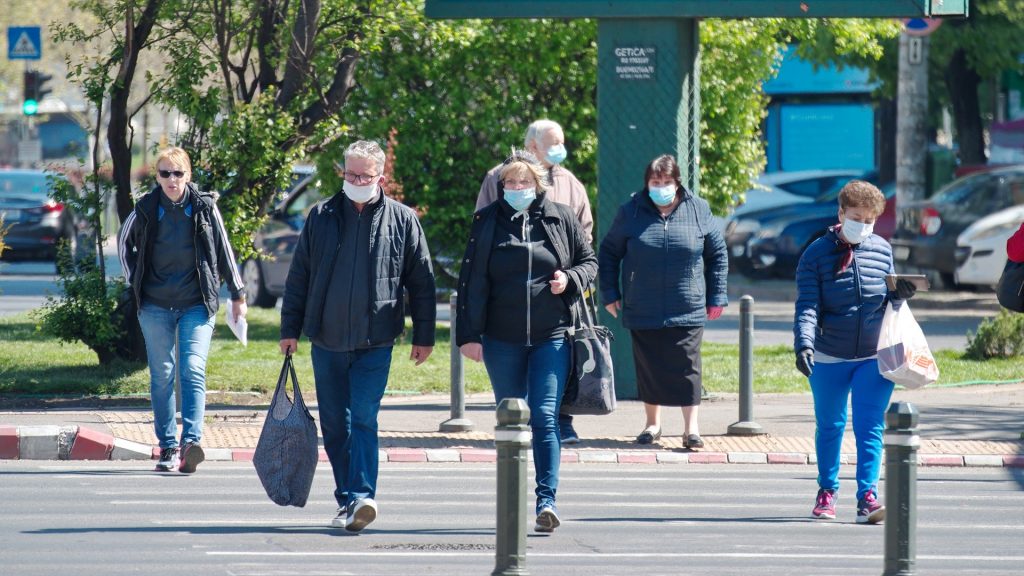Walkability and Coronavirus: Adapting Public Spaces in a Pandemic
The coronavirus pandemic has thrown a curveball at urban planners invested in walkability. Do your pedestrian signs support walking in the age of coronavirus?
For years, foot traffic has been on the rise in congested areas like downtown entertainment districts, colleges and universities, dense business parks, and transportation hubs.
Coronavirus will not end walkability. Here are four tips for adapting your pedestrian signage to the coronavirus pandemic.

1. Install Handwashing Stations and Sanitizer Dispensers.
Coronavirus has heightened the importance of personal hygiene and put pressure on municipalities to offer portable handwashing stations and sanitizer dispensers.
Fortunately, your pedestrian signs are already placed at regular intervals in high-traffic areas. Attaching sanitation stations to your directional signs and information kiosks is an easy upgrade to your existing infrastructure.
2. Replace Handheld Maps with GPS-Enabled Mobile Apps.
Traditionally, pedestrian wayfinding best practices combined head-up map-based signs and directional pointers with complementary handheld maps. Walkability studies conducted by both Building Legible Cities and MORI support this approach.
However, in the age of coronavirus, no one wants to touch a handheld map that’s been sitting exposed for days. Now is a good time to consider replacing or supplementing paper maps with GPS-enabled mobile applications.
Implemented correctly, mobile apps can drive positive ROI by reinforcing civic branding, improving user satisfaction, and increasing daily spending.
3. Connect Physical Signage with the Mobile Experience.
Speaking of mobile applications, smartphones provide a targeted way for cities to engage with visitors and residents. Wi-fi and BLE (bluetooth low energy) enabled beacons allow you to deliver time- and location-relevant information to your constituents.
Further, these technologies allow cities to extract useful data about how pedestrians use the public space. Once aggregated, the data can create powerful connections to planning and economic agendas.
4. Confront Your Constituents’ Fears with Reliable Information.
The coronavirus pandemic has understandably raised anxiety levels among our fellow citizens. For pedestrians, that anxiety could be as simple as uncertainty around whether public facilities – like bathrooms – will be open when they arrive at their destination.
To support walkability, pedestrian signage systems should help walkers assess distance, ease of access, alternate routes, and information about their final destination.
And don’t overlook citizens with special needs. Your pedestrian signs must take into consideration the vision- and hearing-impaired and others who benefit from ADA requirements.
The more people capable of utilizing the system, the more supportive it is in the age of coronavirus.